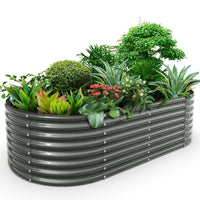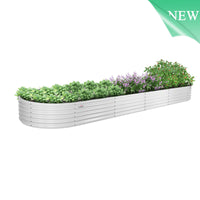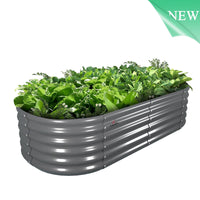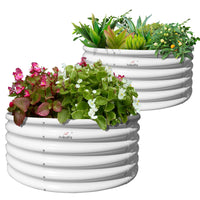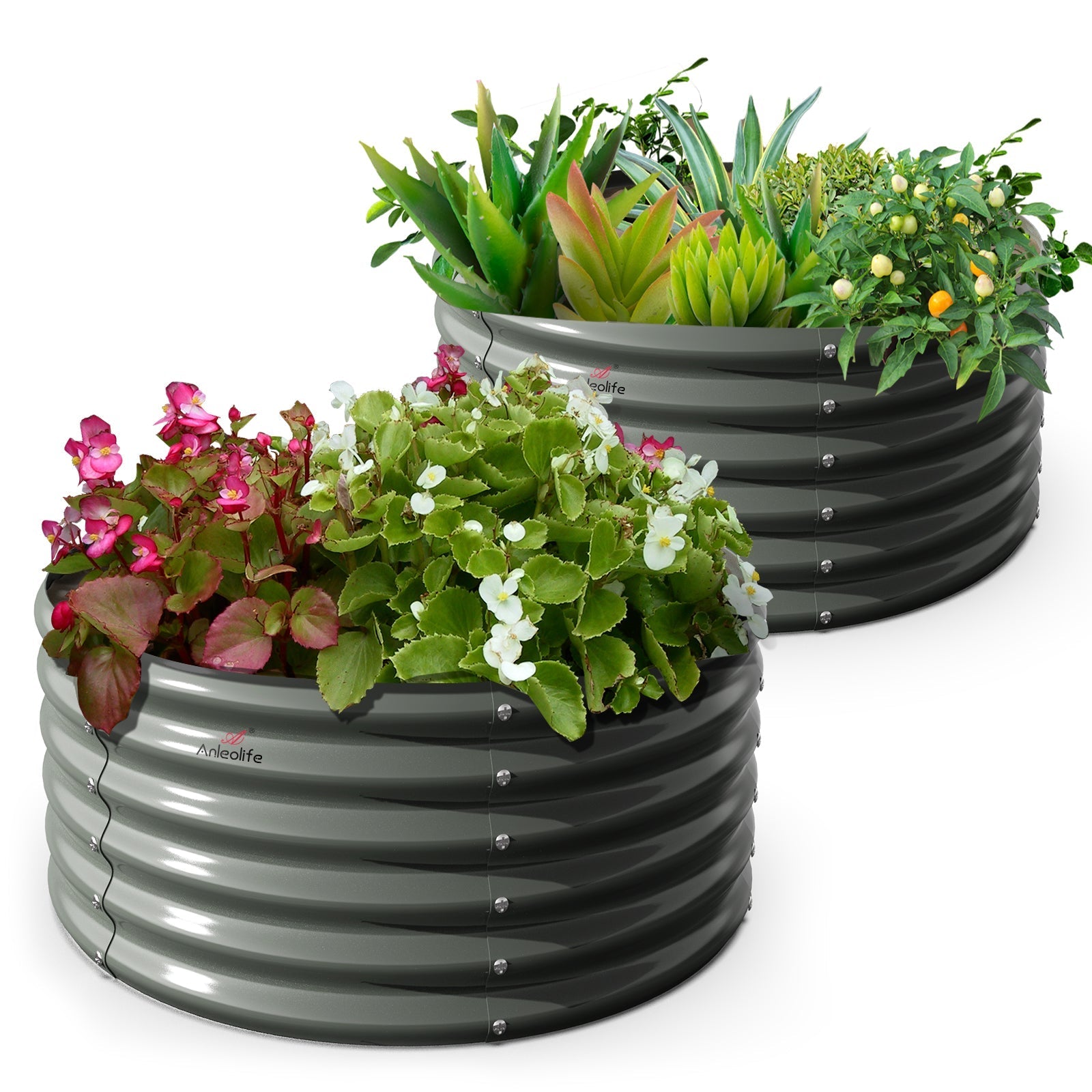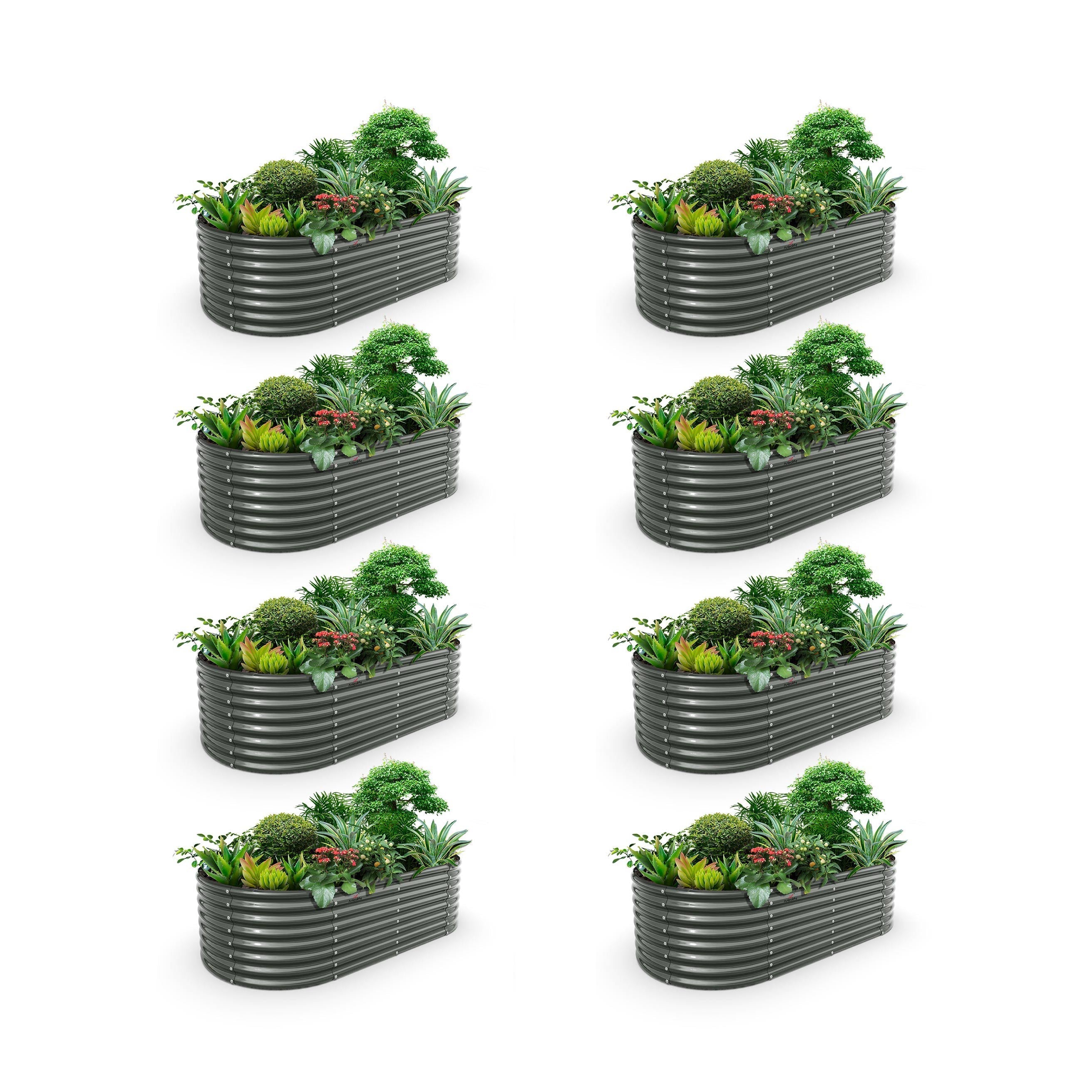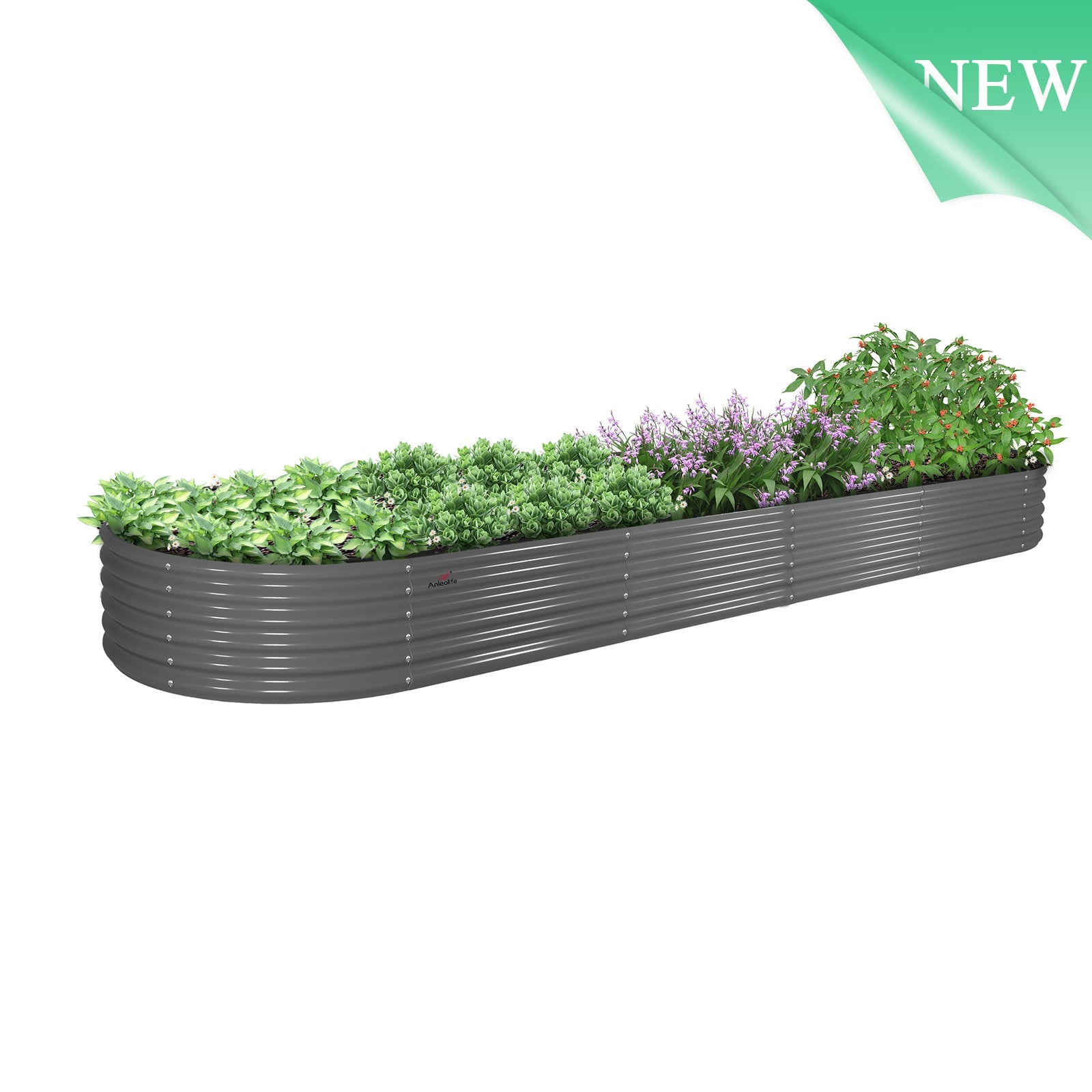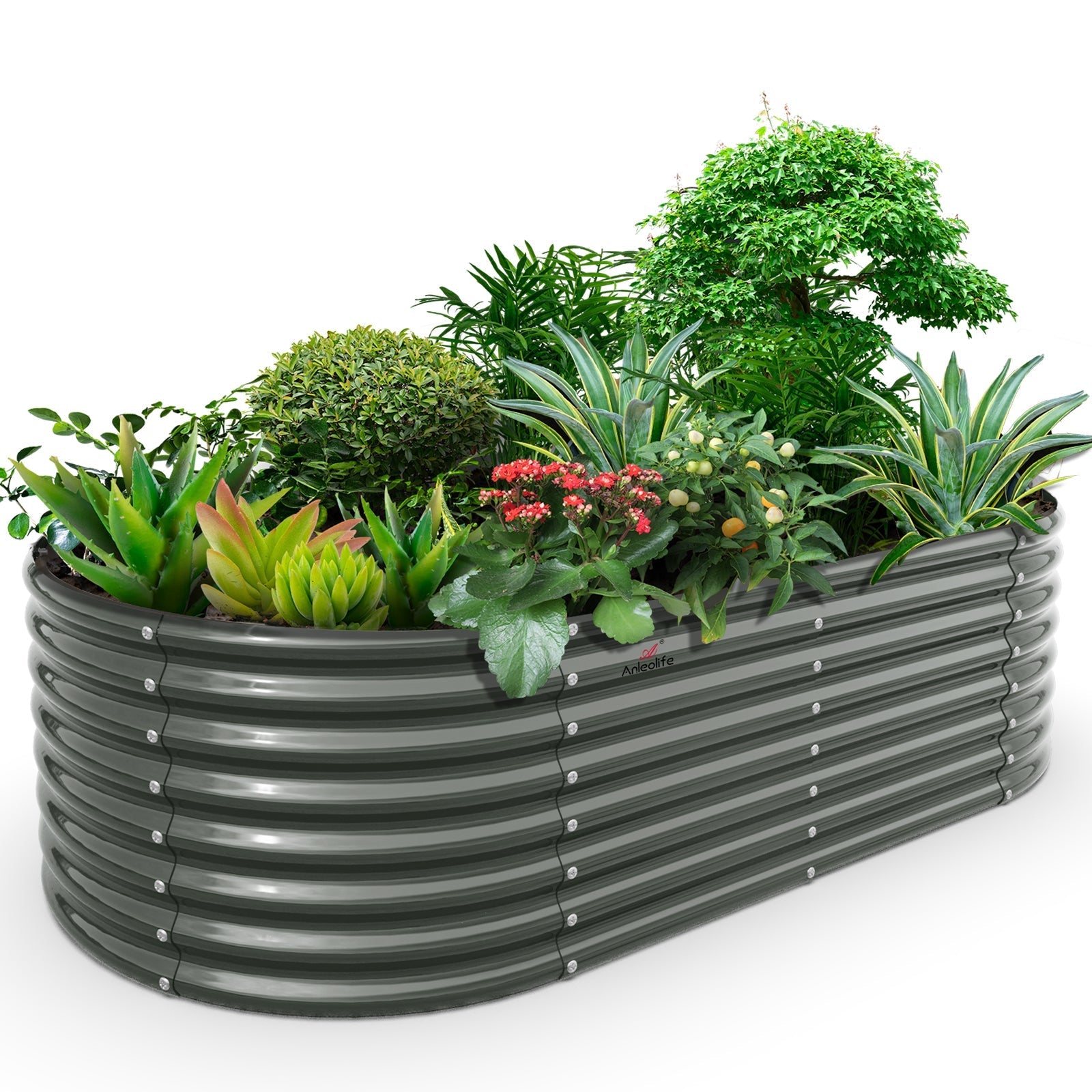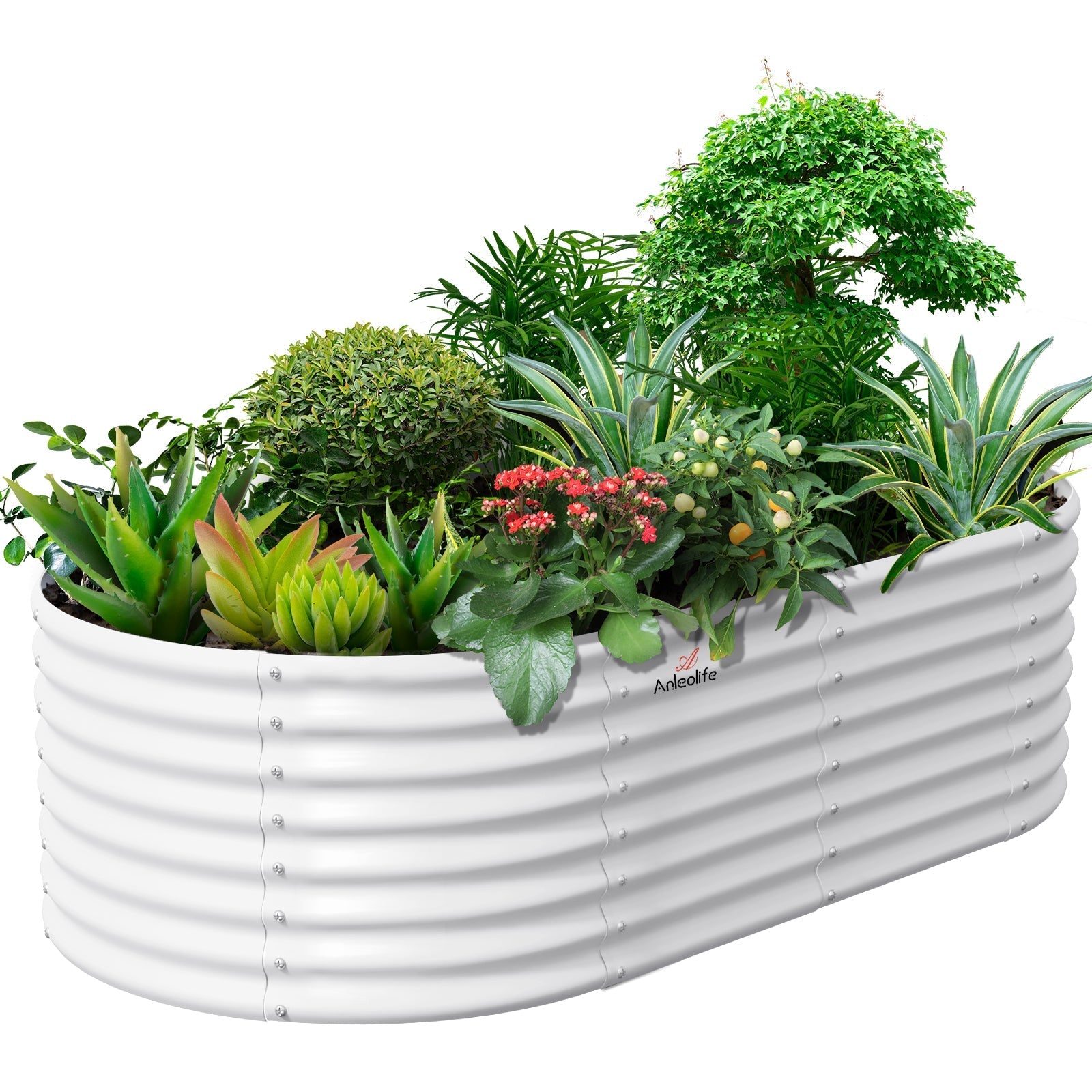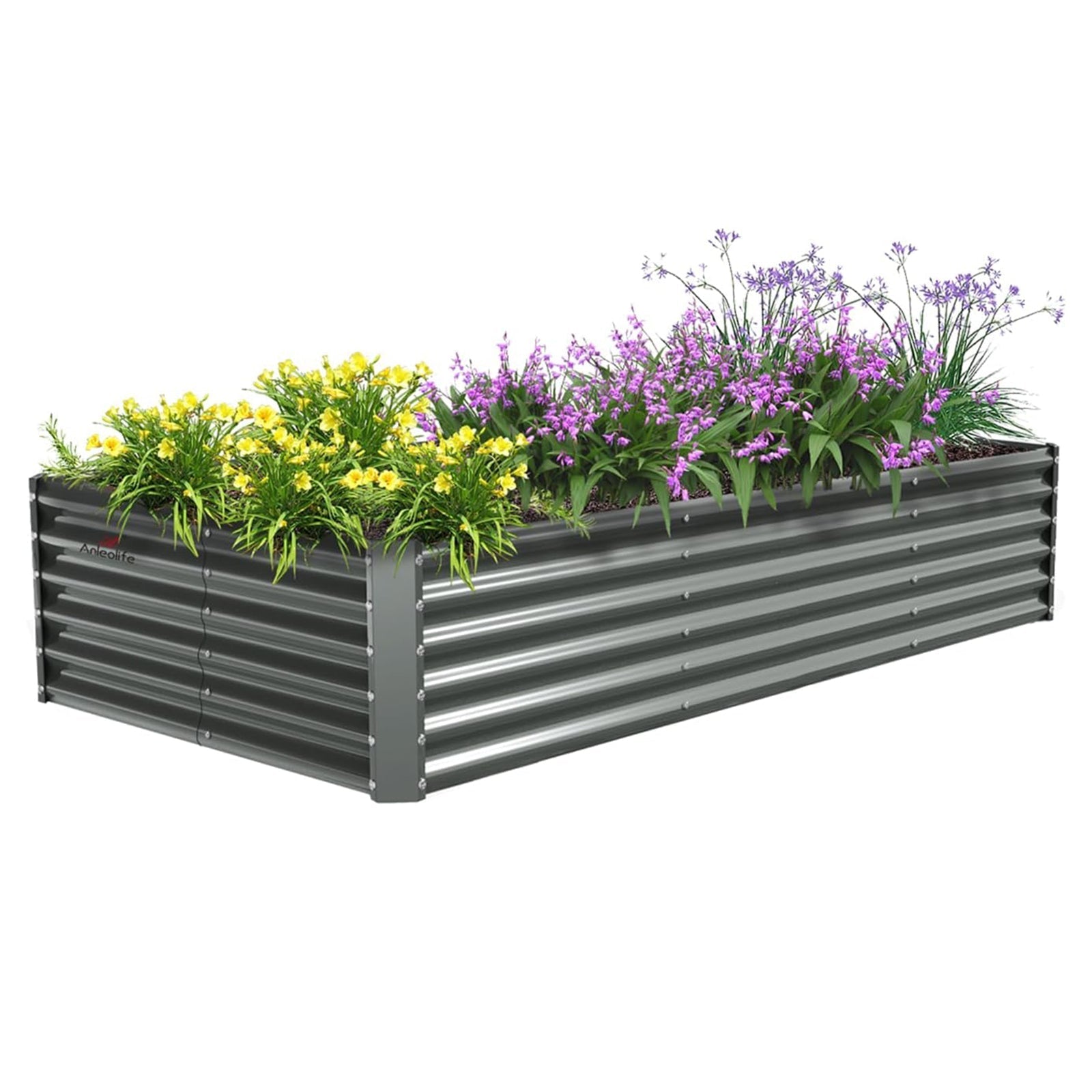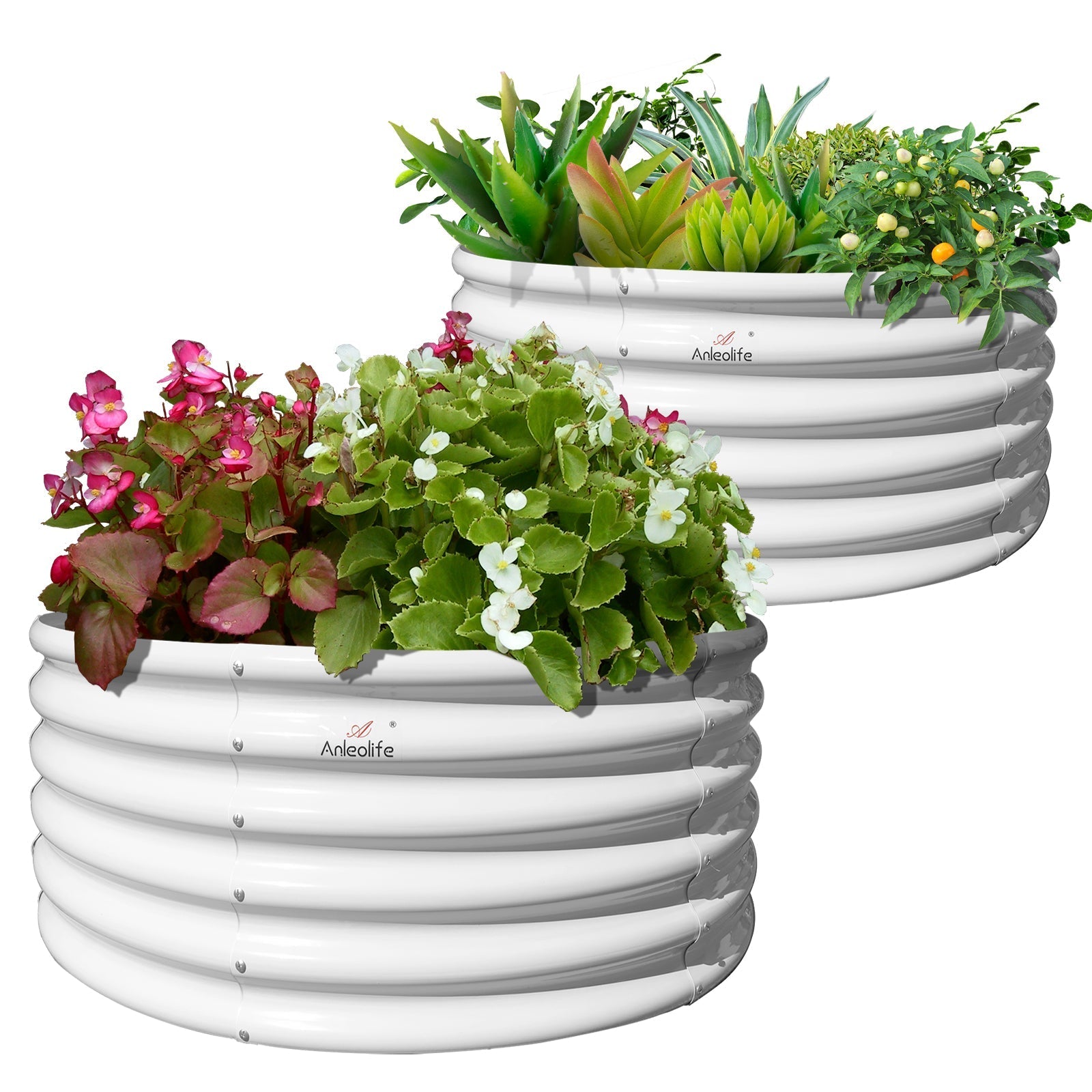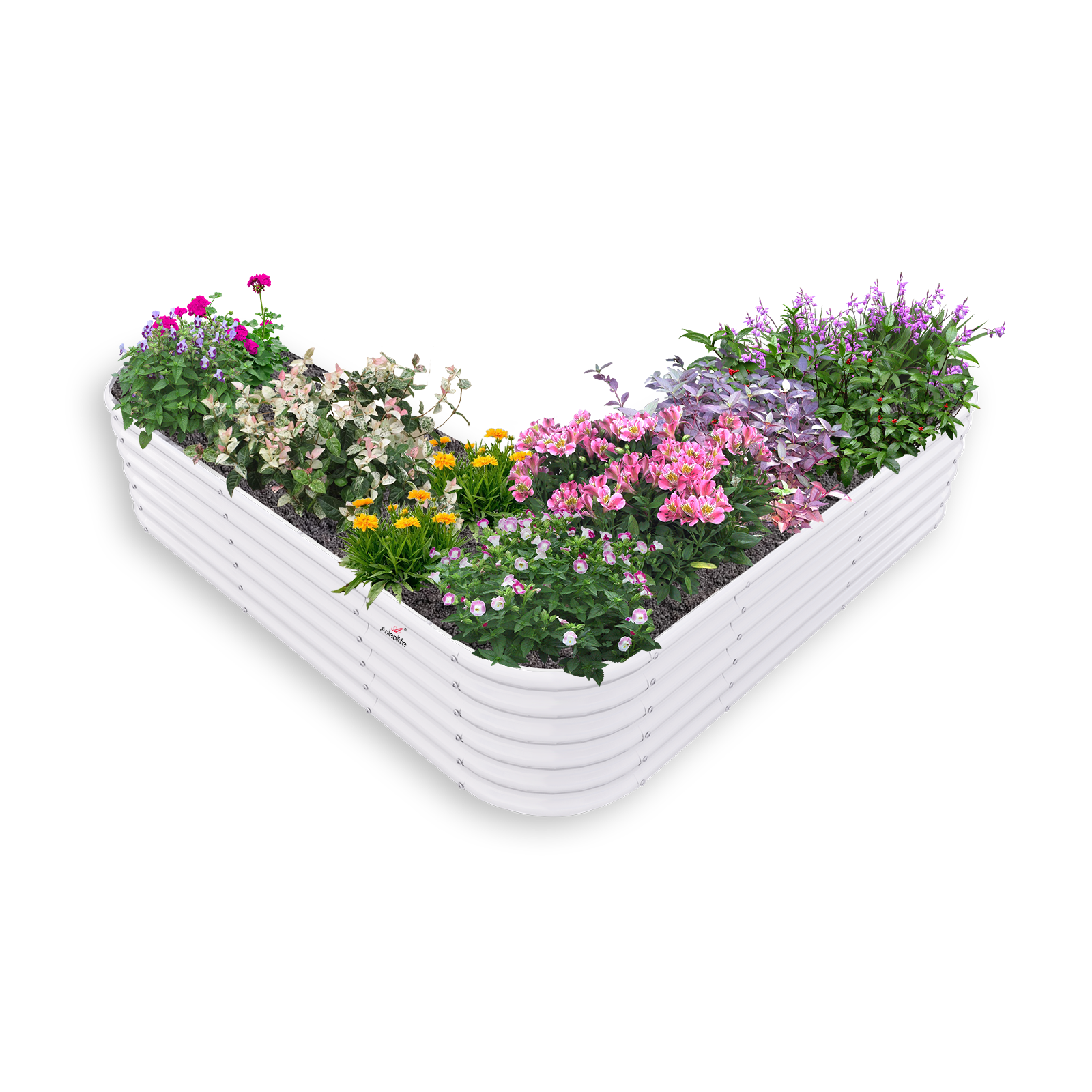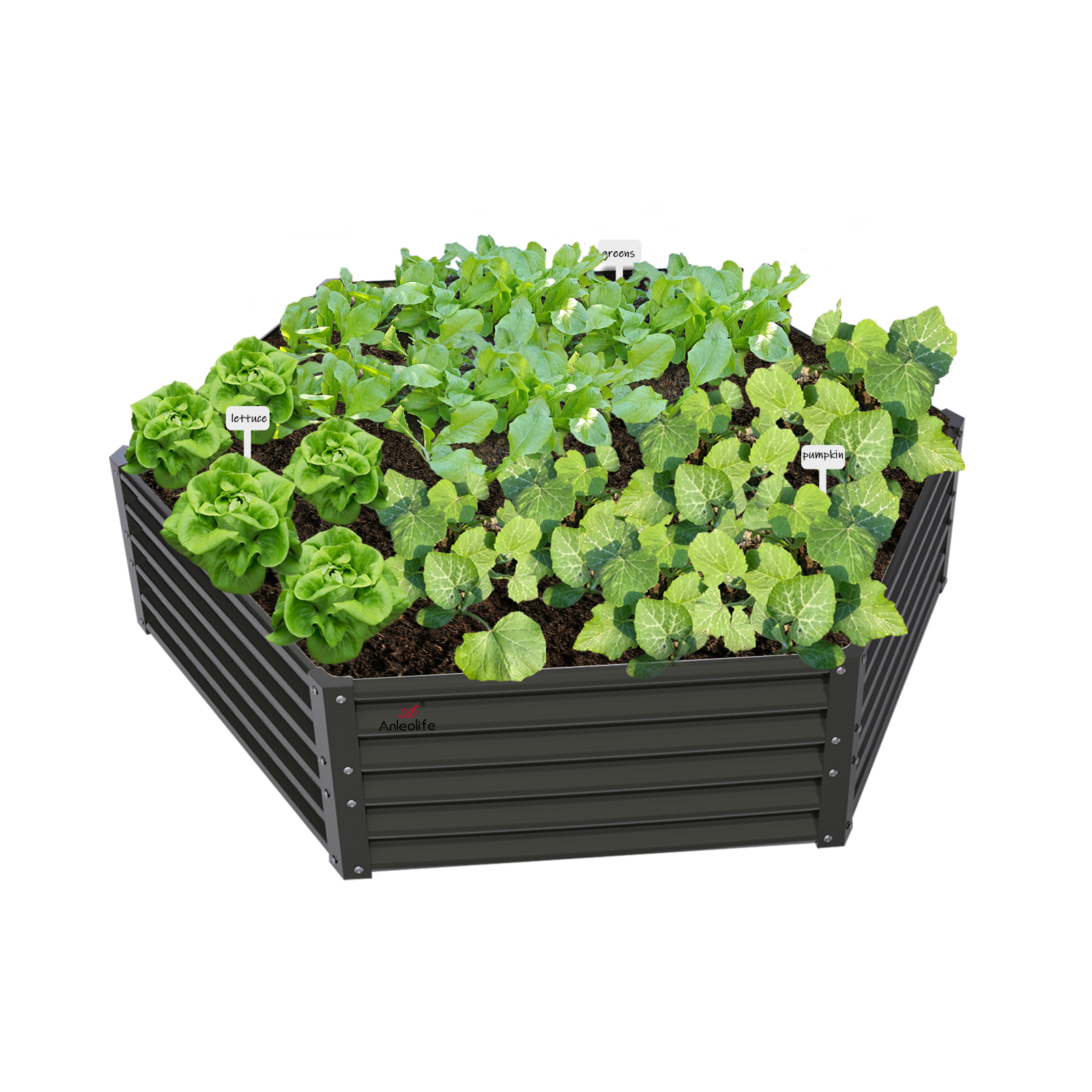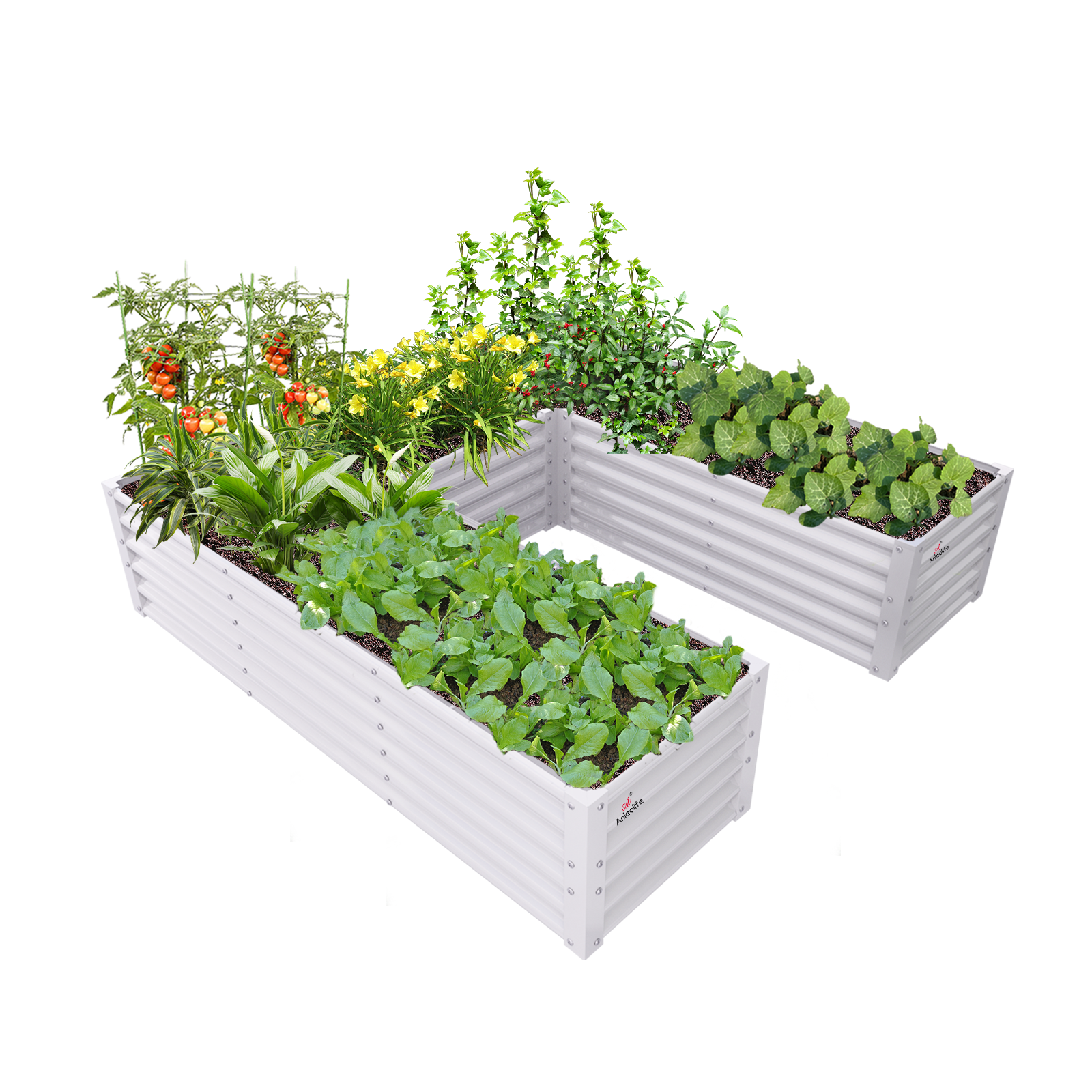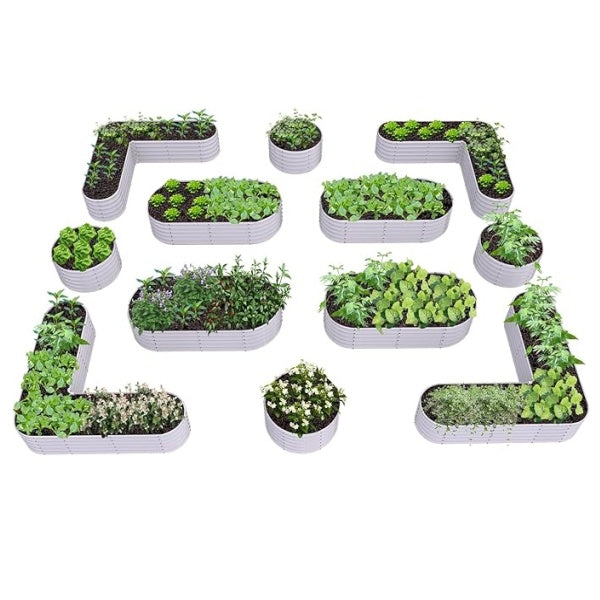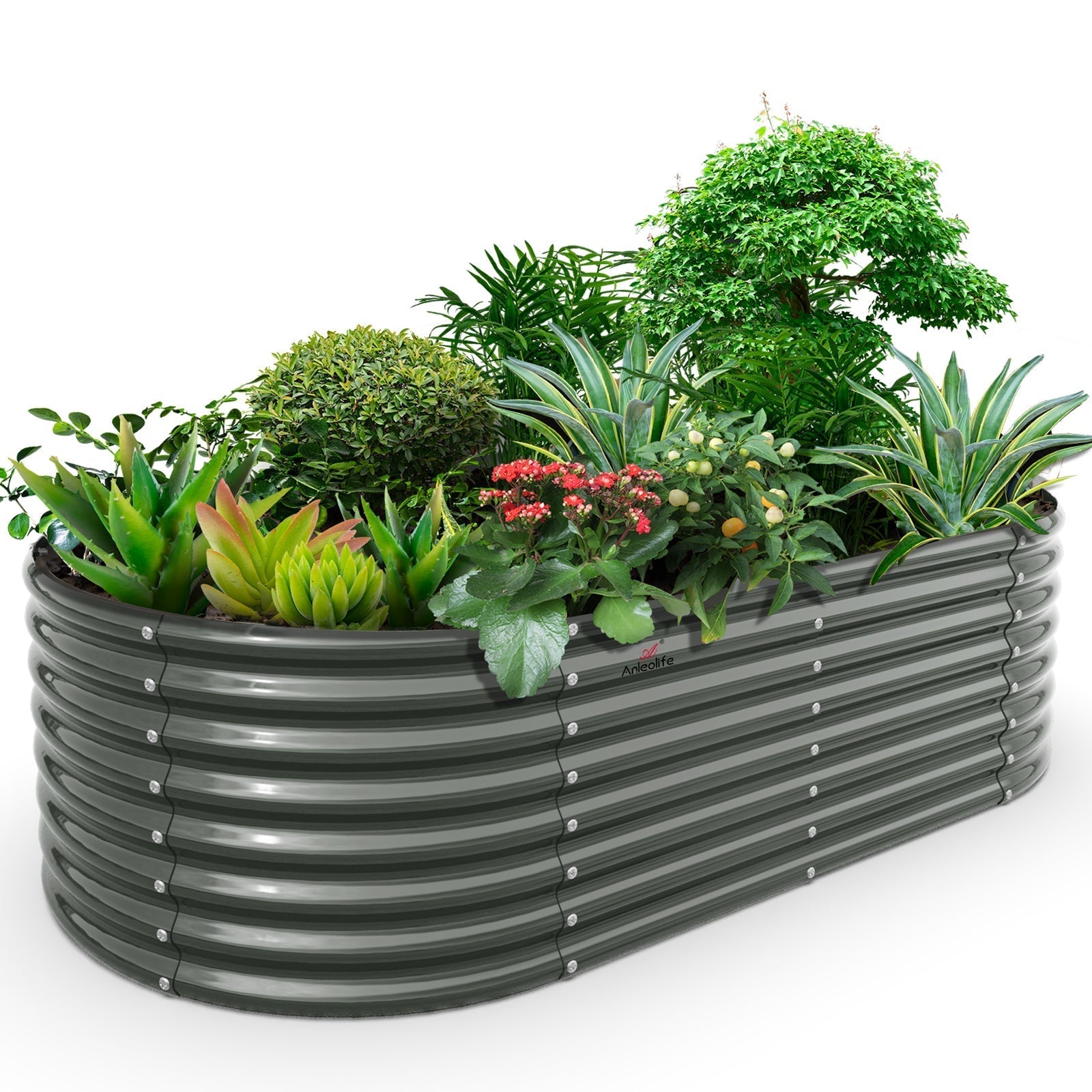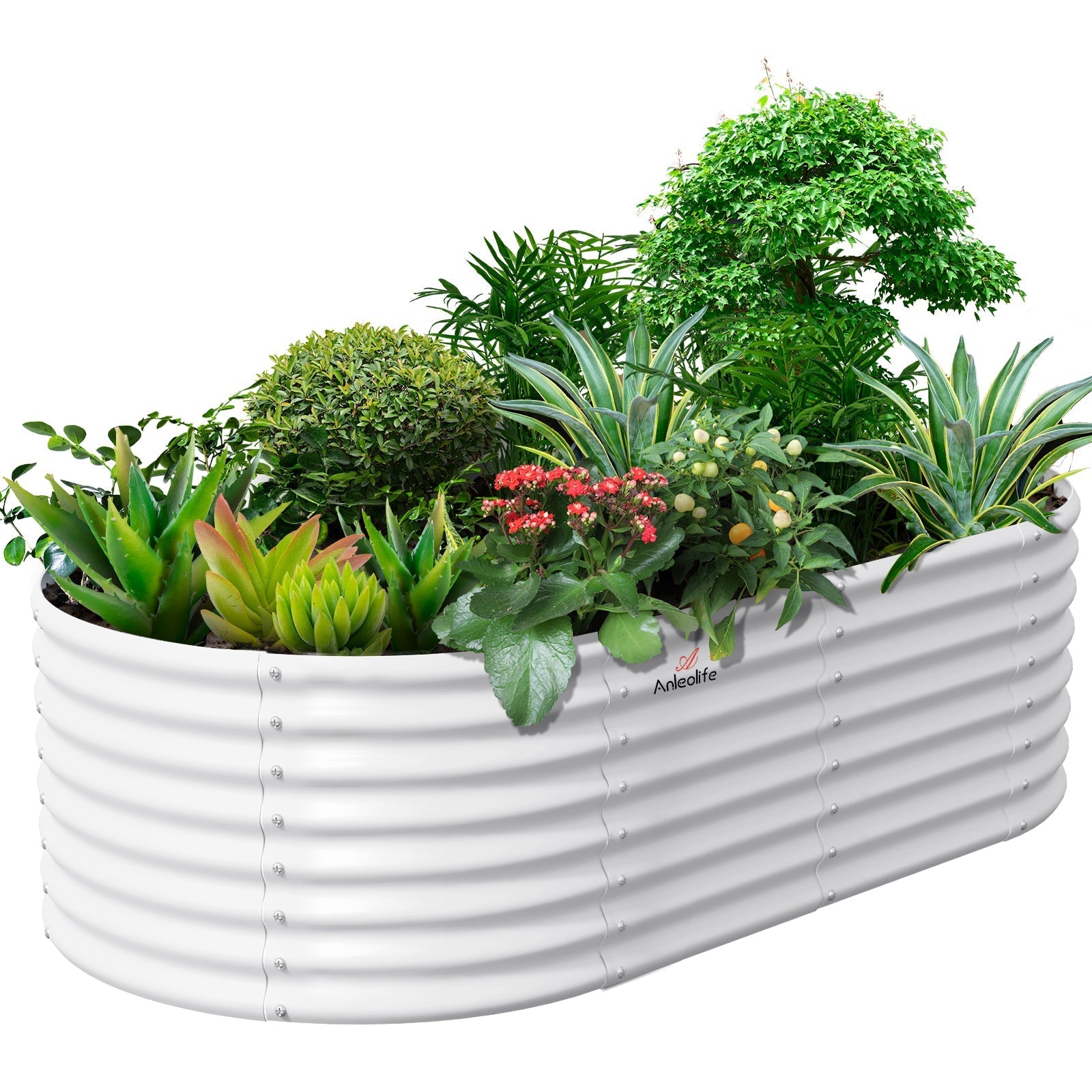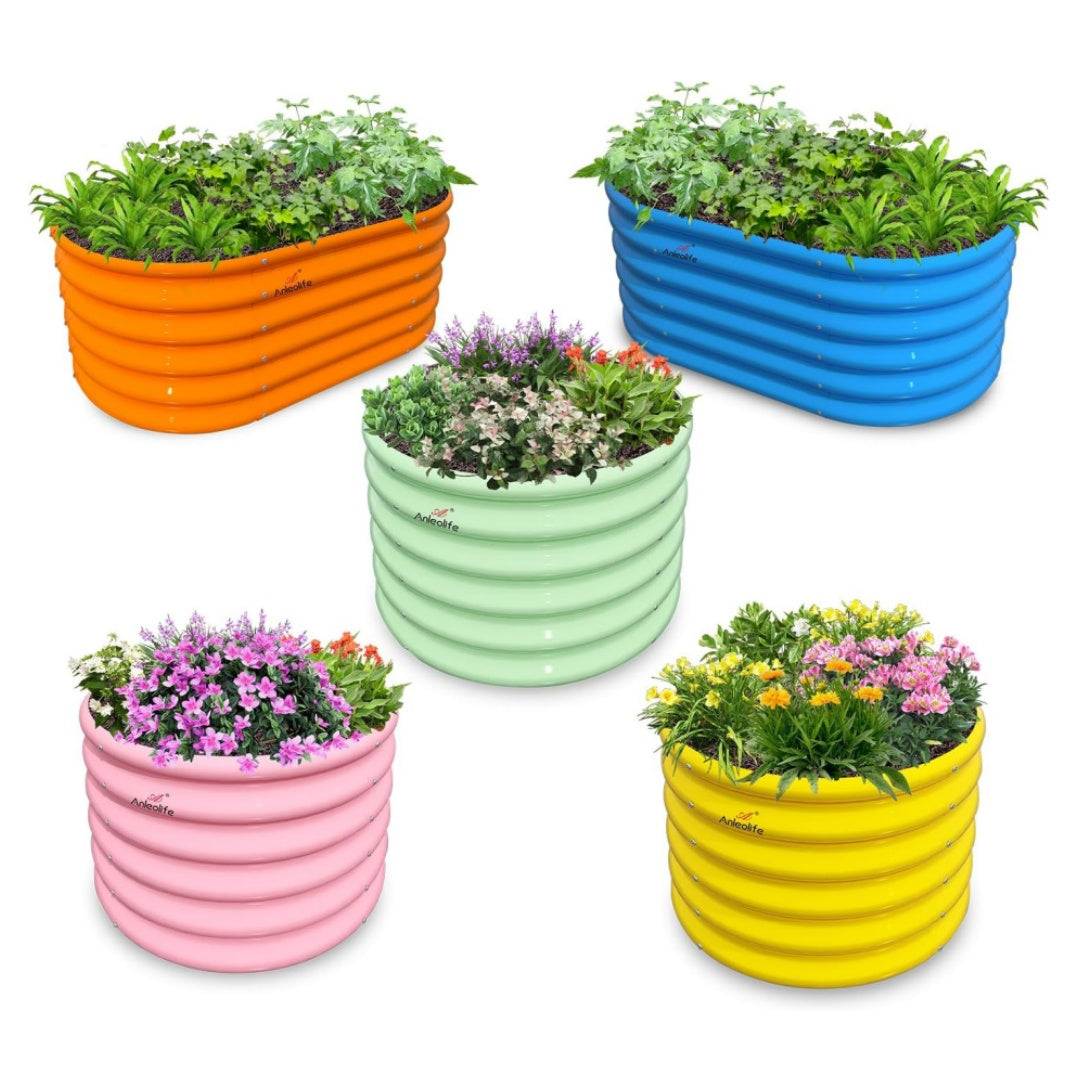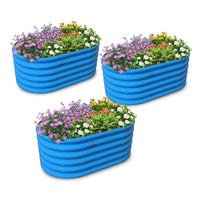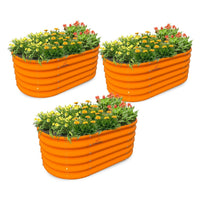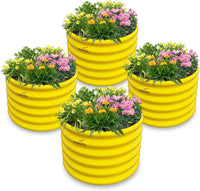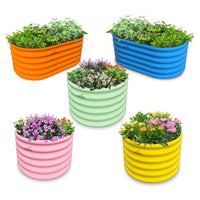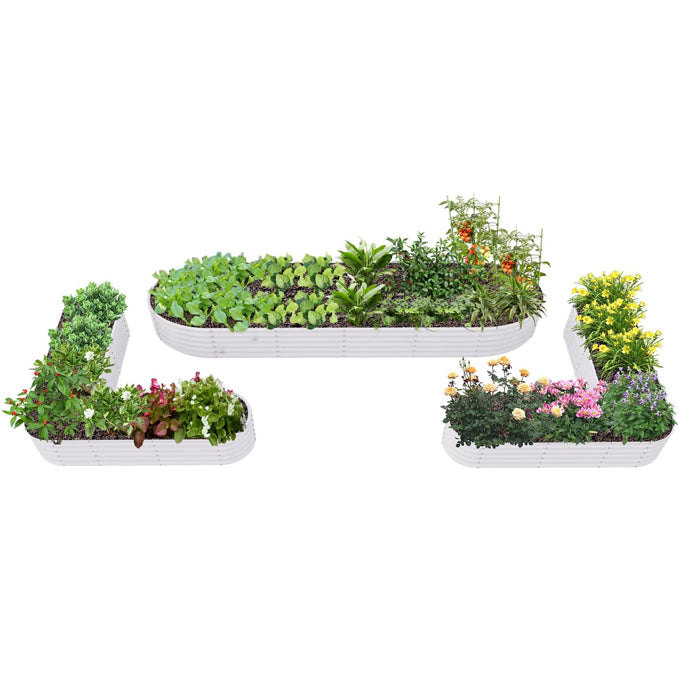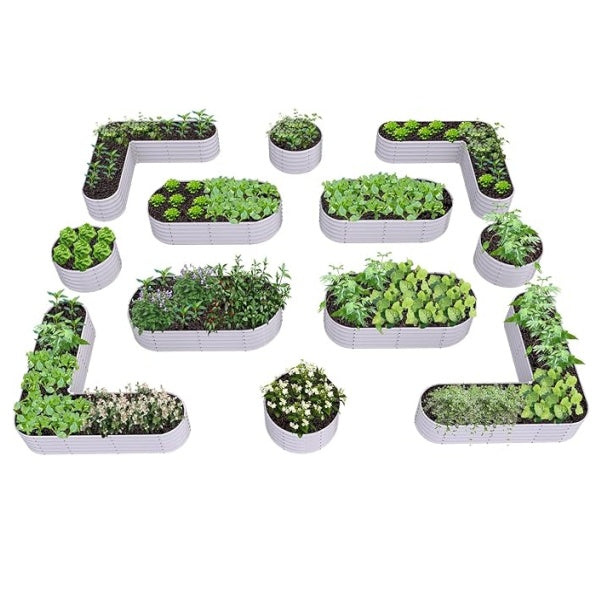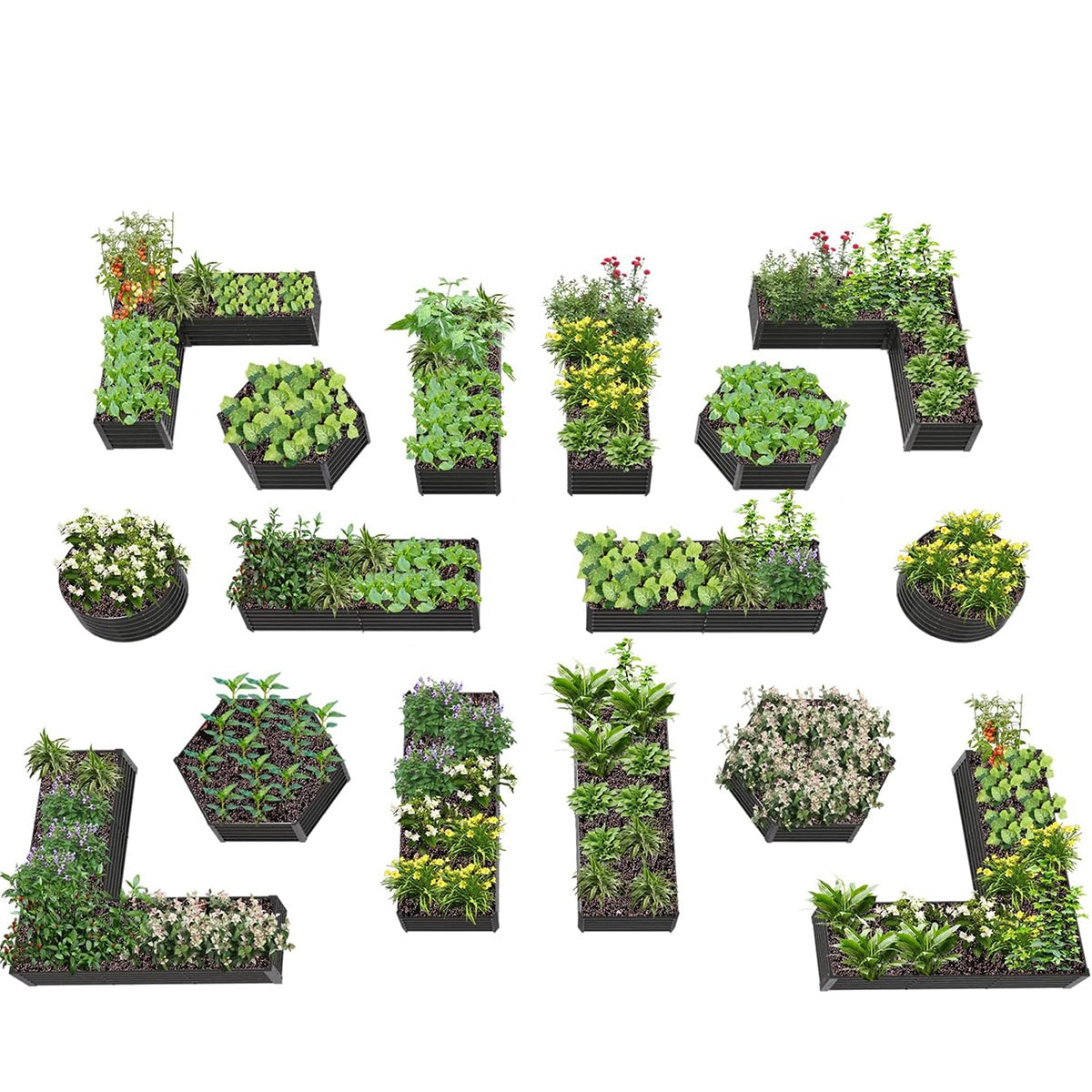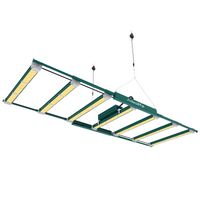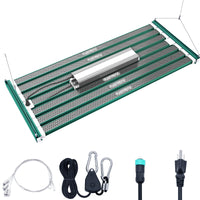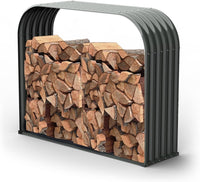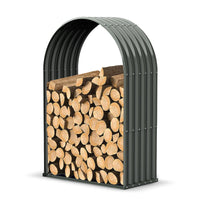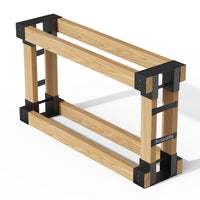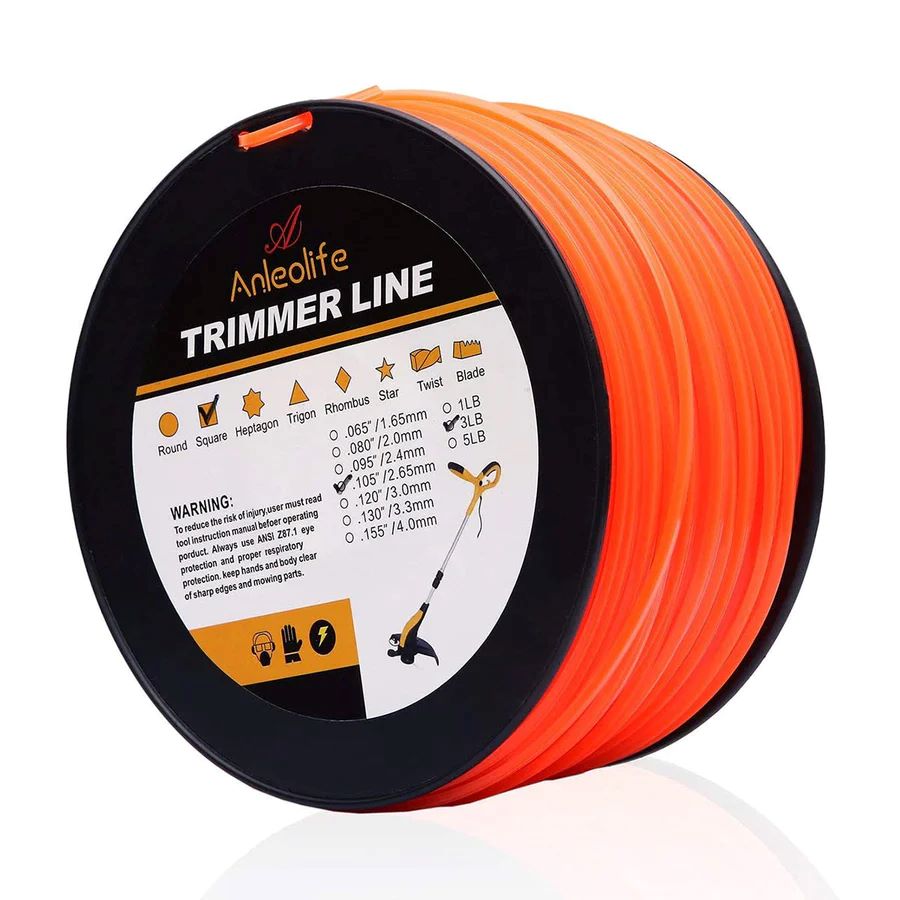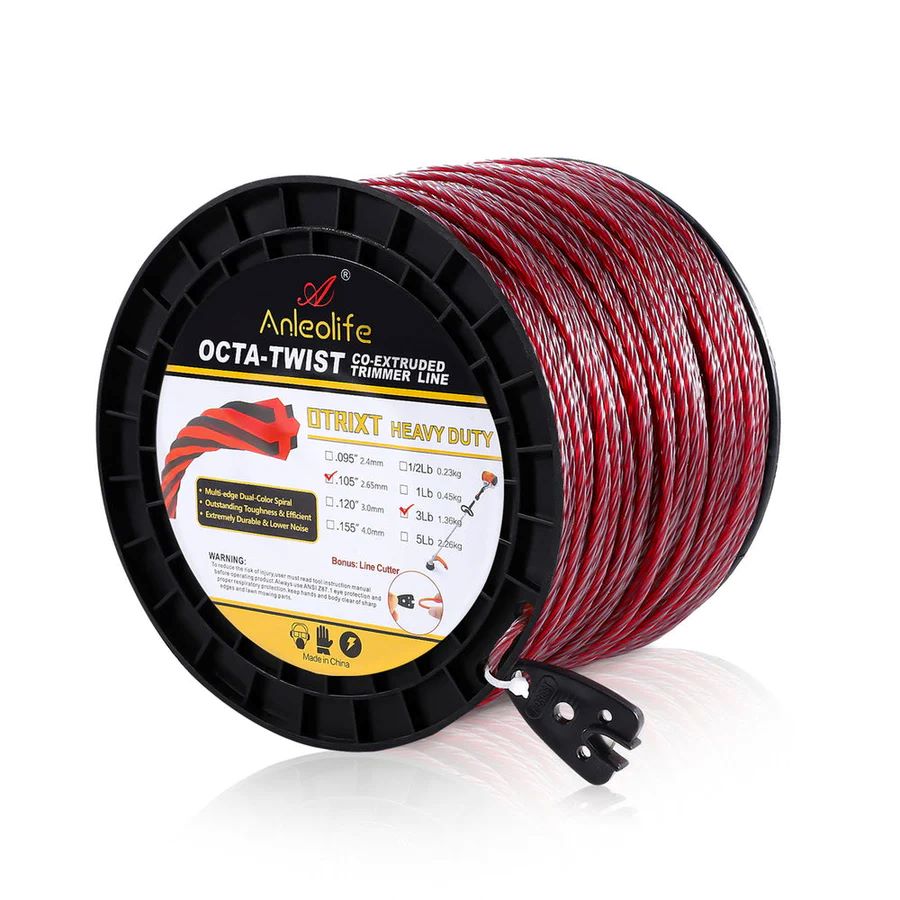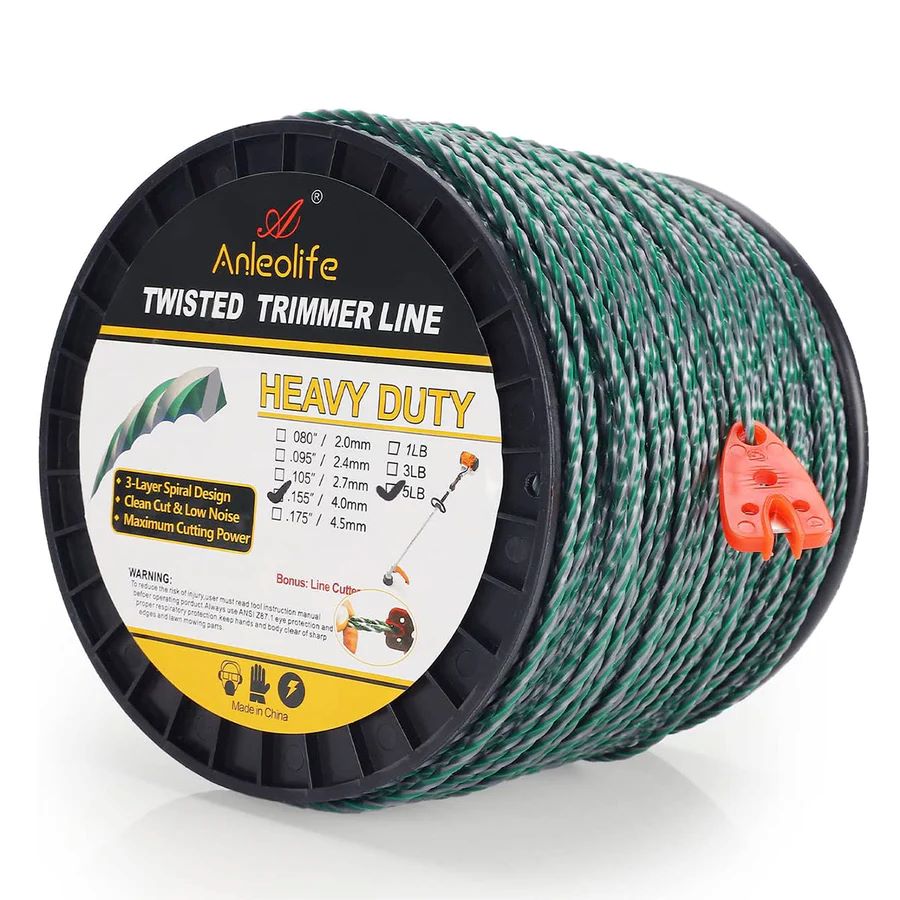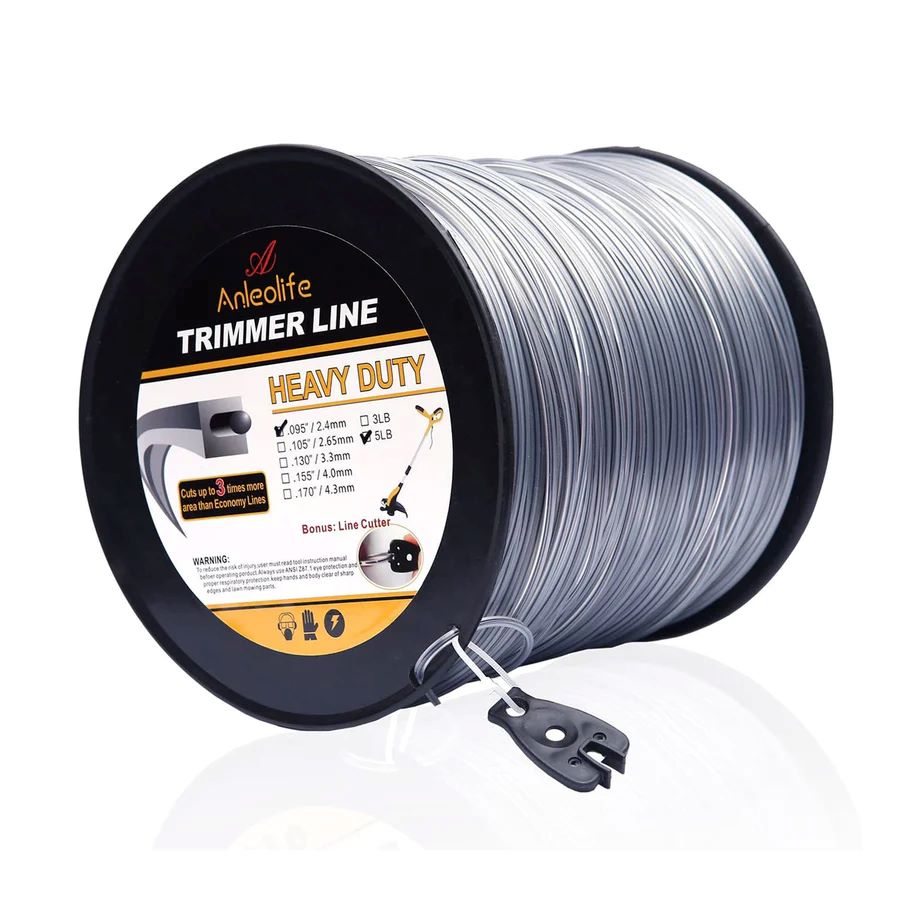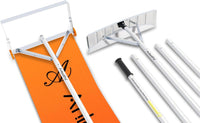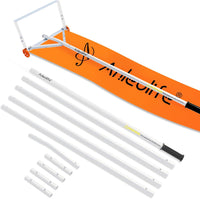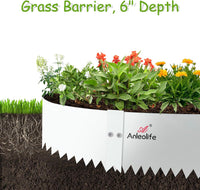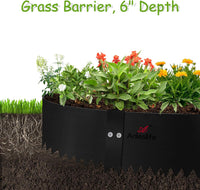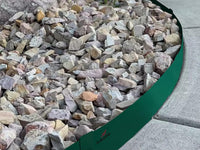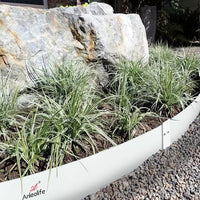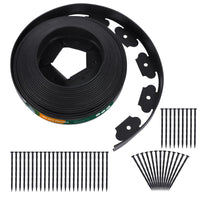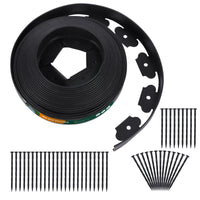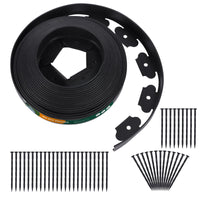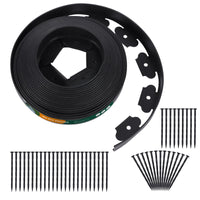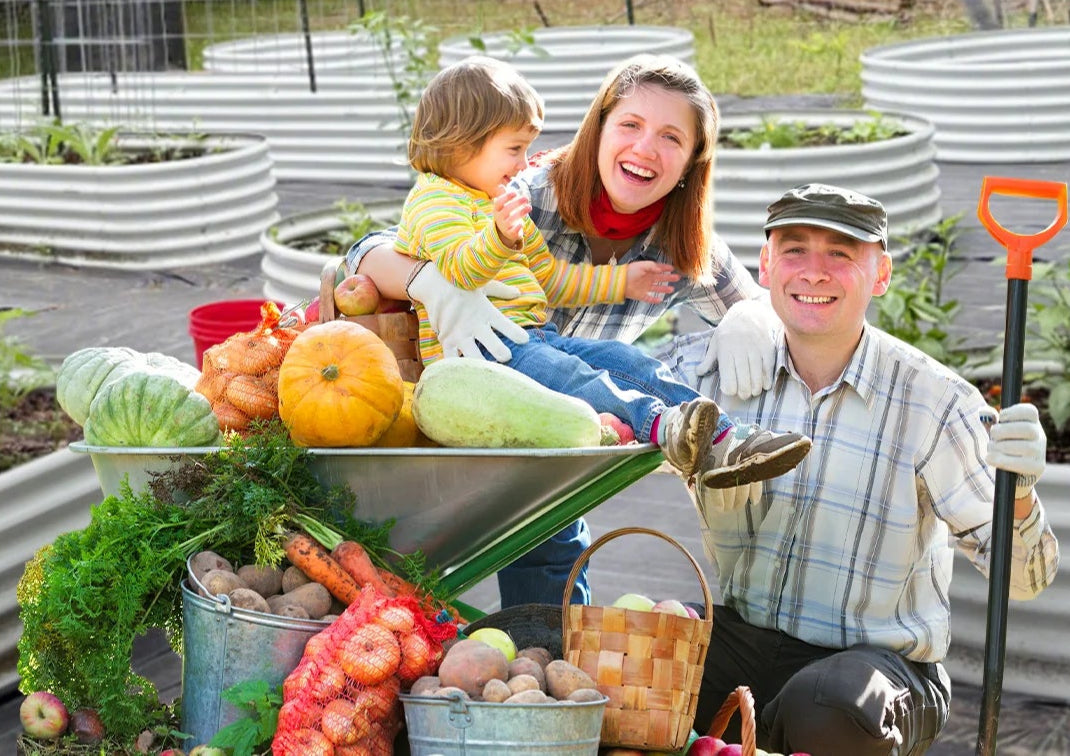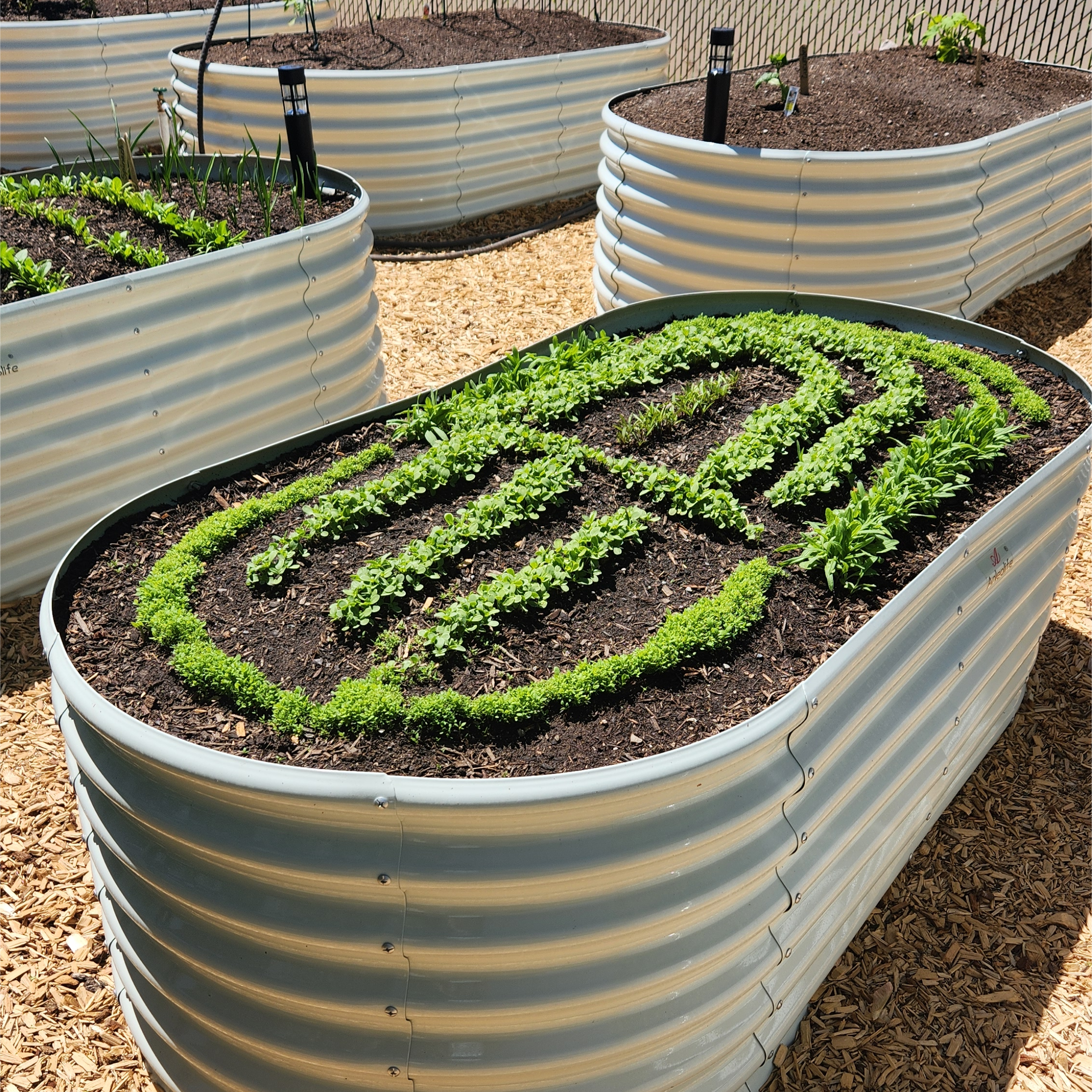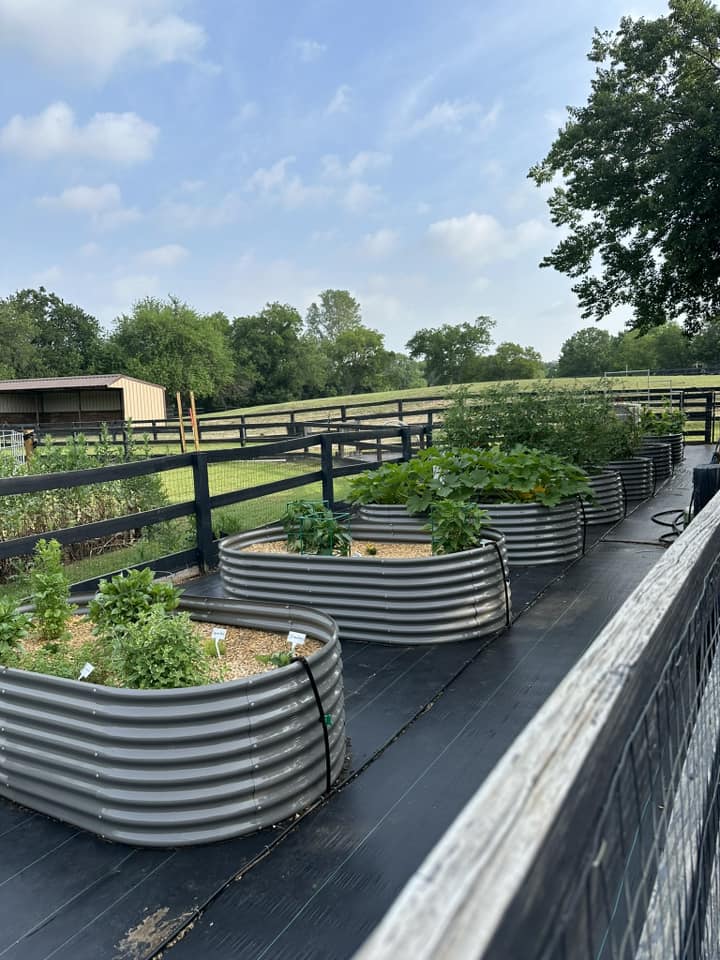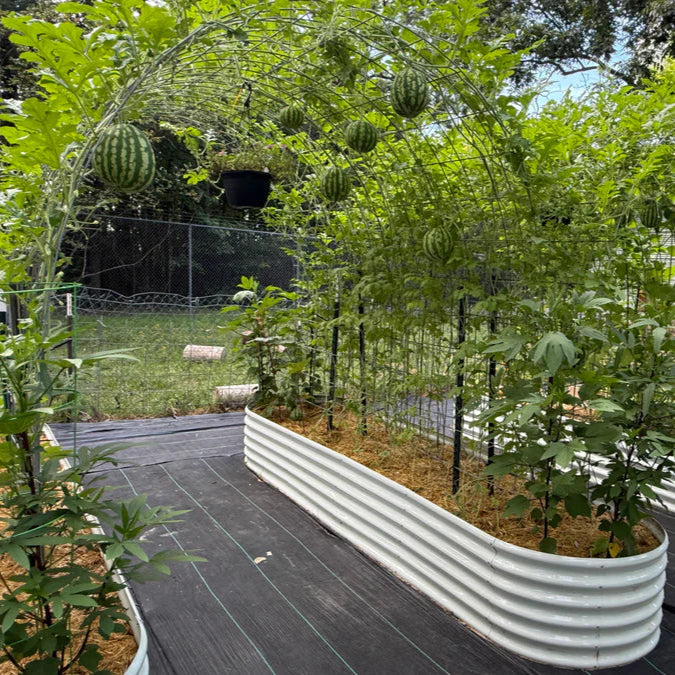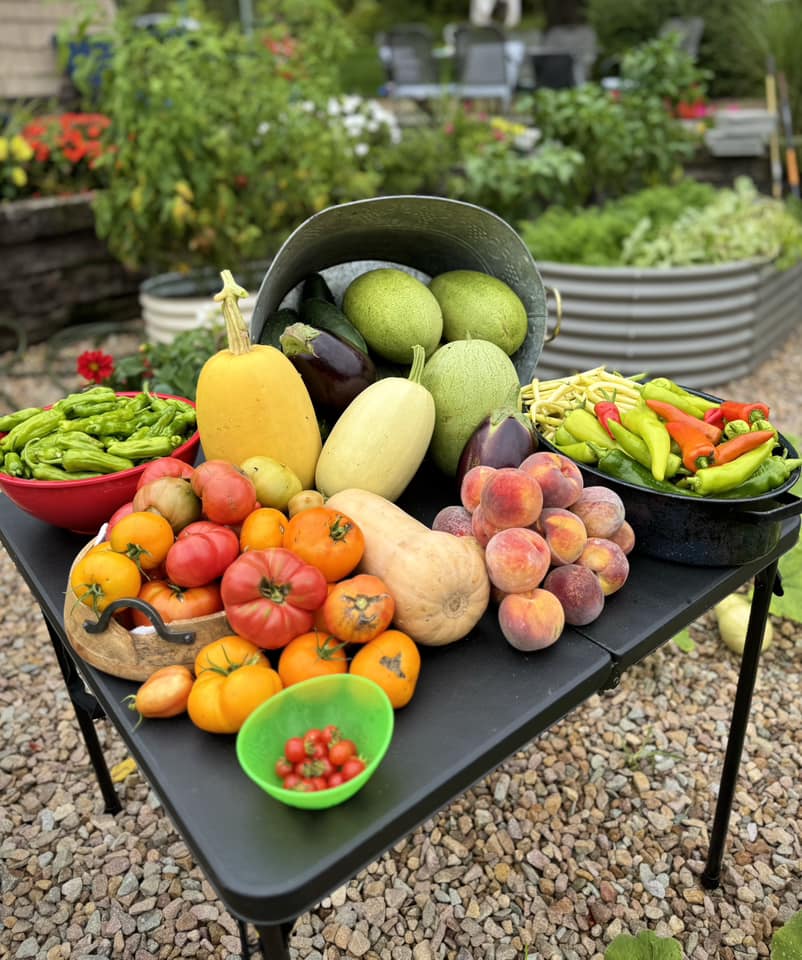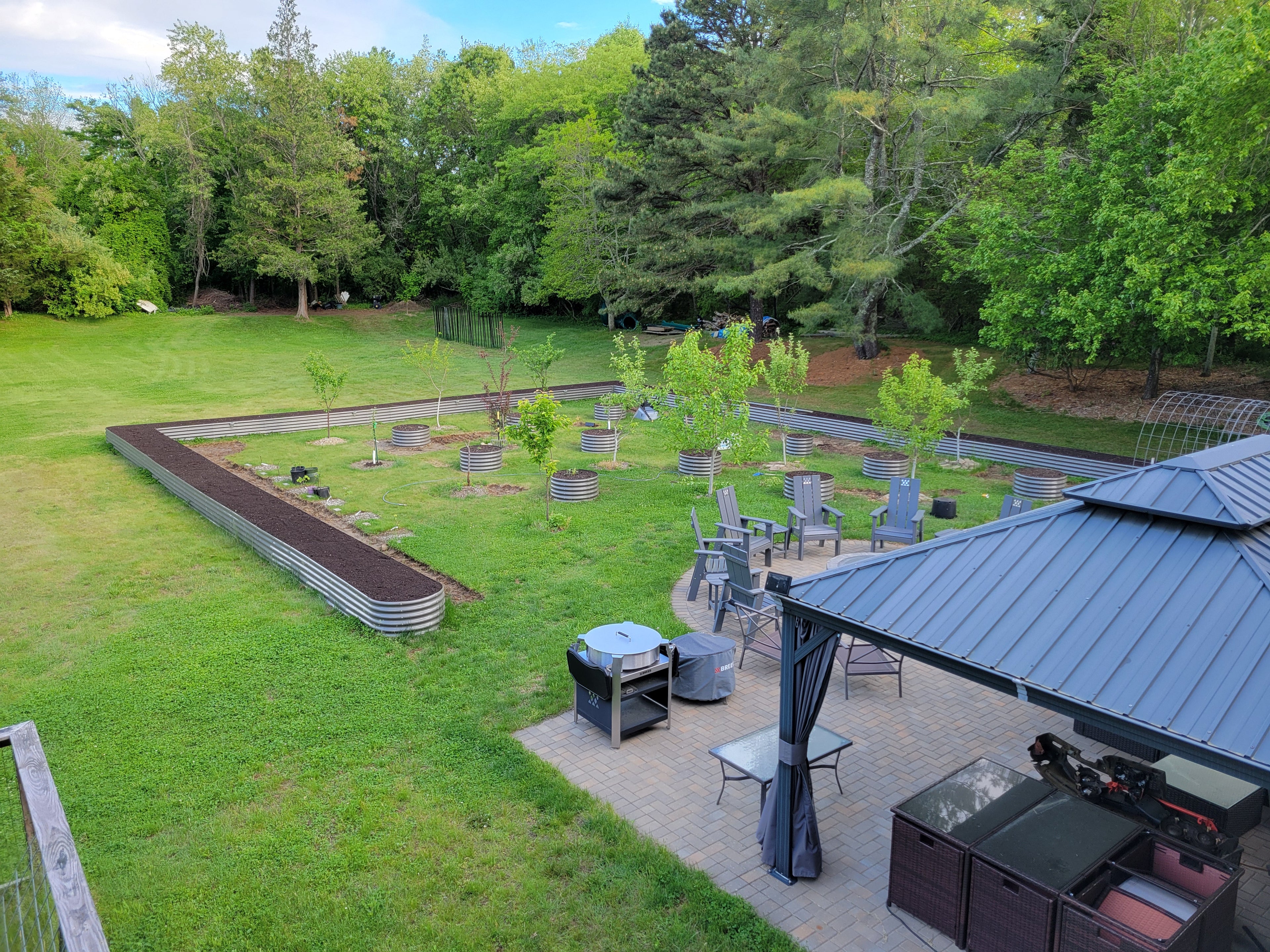Starting an edible garden doesn't have to be overwhelming. With the right plants, you can enjoy fresh harvests quickly while also setting yourself up for long-term abundance. Three of the easiest categories to begin with are “salad greens, berry plants, and low-maintenance edibles.” This guide breaks down what works best and how to keep things simple.

1. Salad Greens: Fast and Easy Harvests
Salad greens are the best beginner-friendly crop because they’re quick, forgiving, and space-efficient.
How to Grow
Planting: Sow seeds directly in the soil or in containers. Start in spring or fall for the best flavor.
Soil Needs: Loose, well-drained soil with compost mixed in.
Sunlight: 4–6 hours of sun per day; provide some shade in hot summers.
Watering: Keep soil consistently moist but not soggy.
Pro Tip
Use the “cut-and-come-again method”: harvest outer leaves with scissors while leaving the center intact. This allows one planting to provide multiple harvests over several weeks.
Recommended Varieties
Lettuce (loose-leaf types like “Black Seeded Simpson”)
Arugula (fast-growing, ready in about 30 days)
Spinach (thrives in cooler weather)
Mustard greens (peppery and resilient)

2. Berry Plants: An Investment That Pays Off
Berries take a little more time to establish, but once they do, they produce for years.
Strawberries
Planting: Best in containers, raised garden beds, or ground cover.
Care: Mulch around plants to keep fruit clean and prevent weeds.
Harvest: Usually the first year, with peak production in year two.
Raspberries
Planting: Space canes 2–3 feet apart with strong support.
Care: Prune dead canes each winter to encourage new growth.
Harvest: Summer-bearing varieties fruit once a year; everbearing types give two smaller harvests.

Blueberries
Soil Needs: Acidic soil (pH 4.5–5.5). Amend with peat moss or sulfur if necessary.
Care: Mulch heavily and water regularly; shallow roots dry out quickly.
Harvest: Fruit appears after 2–3 years, but bushes can produce for decades.
3. Low-Maintenance Edible Plants: "Set It and Forget It"
These plants thrive with little intervention once established.
Herbs
Rosemary & Thyme: Perennial in many regions, requiring little more than sun and occasional pruning.
Mint: Grows aggressively—best kept in containers to prevent spreading.
Chives: Hardy and reliable, plus they come back year after year.
Perennial Vegetables
Asparagus: Takes 2–3 years to establish but produces for decades.
Rhubarb: Low-maintenance, though it prefers cooler climates.
Hardy Leafy Greens
Kale & Swiss Chard: Can handle heat, cold, and regular harvesting; just keep picking outer leaves.

Putting It All Together
Here's a simple starter plan for a balanced edible garden:
Quick harvests: A pot or raised garden bed of salad greens.
Future harvests: One berry bush (strawberries for fast rewards, blueberries for long-term).
Low effort staples: A pot of mint, a rosemary bush, and a patch of kale.
With this mix, you'll enjoy immediate results, long-term payoffs, and effortless everyday harvests—all without needing to be a full-time gardener.
Tip for Success:Start small, learn as you go, and add new plants each season. You'll build confidence and a steady supply of homegrown food.
Which ones do you swear by for a "lazy gardener’s harvest"?
Drop your tips, wins, and lessons in the comments! I'd love to hear what's worked for you and what hasn’t.
Bonus: Tag a gardening buddy who needs inspiration to grow their own snacks.


